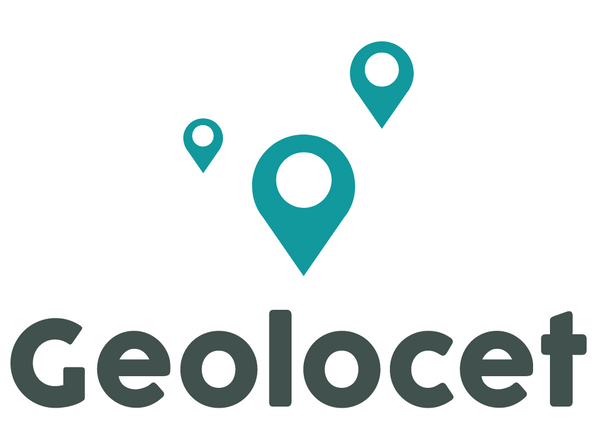Understanding the demographic composition of a region is not just a matter of statistics; it's a lens through which we can perceive the needs, behaviours, and future trajectories of communities. In Europe, where diversity is abundant across nations, exploring the whereabouts of children offers profound insights for planners, retailers, marketers, and policymakers. By delving into the demographic nuances of various countries, we can discern not only the current landscape but also anticipate the demands for products, services, and facilities in the future.
Demographic Landscape: Among European nations with populations exceeding one million, Italy, Portugal, and Greece emerge with the lowest percentage of children, while Kosovo, Türkiye, and Ireland boast the highest. This disparity is starkly evident in the percentages of under-15 populations, with Italy at 11.8% and Kosovo soaring to 28%. The sheer magnitude of Russia's under-15 population also stands out. There are differences between nation as well as within nations. Therefore, drilling down to subnation level provides even greater insight.
Implications for Planning and Strategy: Demographics serve as a compass for planners, guiding the allocation of resources and the development of targeted campaigns. For retailers, understanding the age distribution within a locale is pivotal for tailoring product assortments and marketing strategies. Likewise, marketers can leverage demographic insights to craft messages that resonate with specific segments of the population, ensuring relevance and effectiveness.
The Role of Geolocation Data: In the age of digitalization, geolocation data emerges as a powerful tool for unravelling the complexities of demographics. Platforms like Geolocet offer comprehensive datasets encompassing demographics, area polygons, and points of interest (POIs). By harnessing such data, stakeholders gain a nuanced understanding of localities, enabling informed decision-making across various domains.
Case Study: Tailoring Services in Italy vs. Ireland Consider a scenario where a multinational corporation seeks to expand its childcare services in Europe. By analyzing demographic data, it becomes evident that while Italy has a relatively lower proportion of children, Ireland boasts a significantly higher percentage. Within Ireland there are greater differences too. Eyre Square has a significantly smaller proportion of children then Balgriffin. Armed with this insight, the corporation can tailor its service offerings and marketing strategies to cater to the distinct needs of each region, thereby maximizing its impact and relevance.
Conclusion: The question of "where are Europe's children?" transcends mere demographics; it underscores the importance of understanding the intricate fabric of society. By embracing demographic insights and leveraging tools like geolocation data, stakeholders can navigate the complexities of the European landscape with precision and foresight. Whether planning infrastructure, devising marketing campaigns, or shaping policy agendas, demographics serve as a guiding beacon, illuminating pathways toward a more informed and inclusive future.
Geolocet offer a comprehensive set of individual National, Regional and European wide datasets. When combined with Retail Locations and POI interest data a full picture of a particular location can emerge

